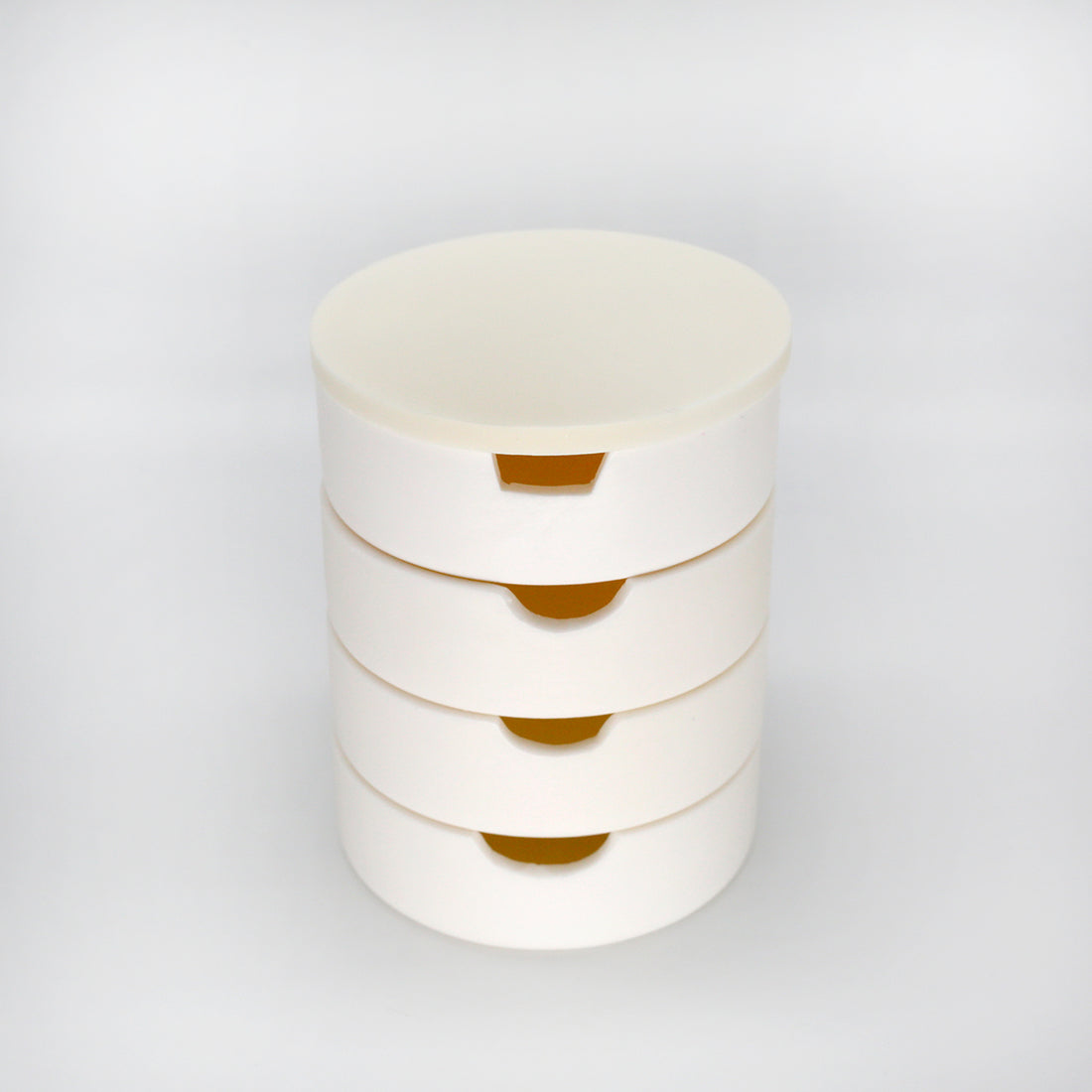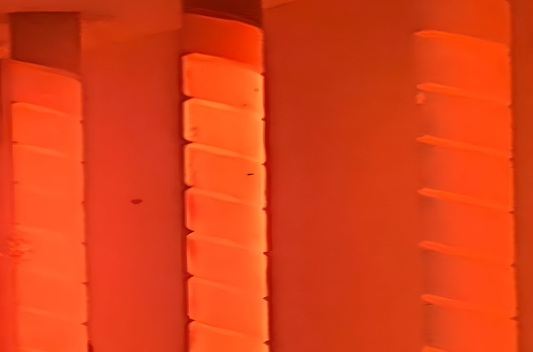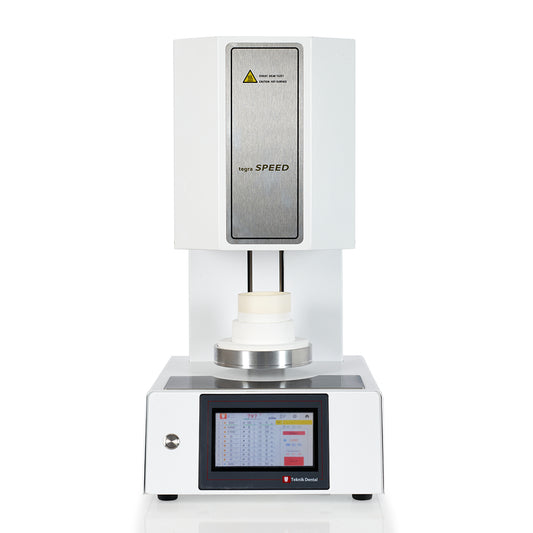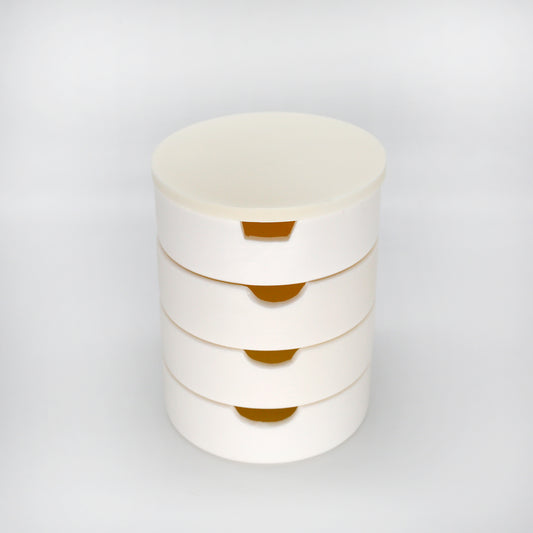-
Heat Dissipation: When you sinter multiple teeth units in the same chamber, there is more material present, which can absorb and dissipate heat differently compared to a single unit. The additional teeth may cause heat to distribute less uniformly, leading to lower temperatures at some points within the chamber, resulting in insufficient sintering.
-
Increased Mass: More teeth units mean an increase in the total mass of the material being sintered. As the mass increases, it requires more energy to reach and maintain the desired sintering temperature. The heating element in the chamber may struggle to provide enough heat to adequately sinter the larger amount of material.
-
Insufficient Firing Time: The firing time may not be enough to ensure complete sintering when more teeth units are present. The larger mass may require a longer time to reach the desired temperature uniformly throughout all the units.
-
Heat Reflection: The presence of additional teeth units can alter how heat is reflected and absorbed within the chamber. The arrangement and material properties of the teeth may affect how they interact with the heat emitted by the heating element.
To address these issues and achieve proper sintering when sintering more than one teeth unit, you may need to make adjustments to the sintering program;
- Increasing the firing time to ensure sufficient heat penetration and uniformity. You can try doubling the advised time.
- Decrease heat rates to half the advised ramps.
- Modifying the arrangement of teeth units to minimize heat dissipation variations.
When unsure, please get in touch with us to work on your specific case so we can help you setup proper sintering programs for larger batches.






